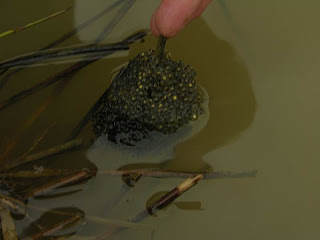Captina Creek Watershed will be hosting a public meeting Oct. 27th, 2011 at the OOYO Powhatan store located at 162 First St, Powhatan Point, Ohio from 6:00 - 8:00 pm. The agenda will focus on the future conservation needs for Captina Creek Watershed, public concerns, issues and ideas for the future of Captina Creek Watershed and stakeholder and public involvement in the writing and project implementation side to the watershed management plan.
It is a potluck so bring some goodies ! Hope to see you there !!



















































